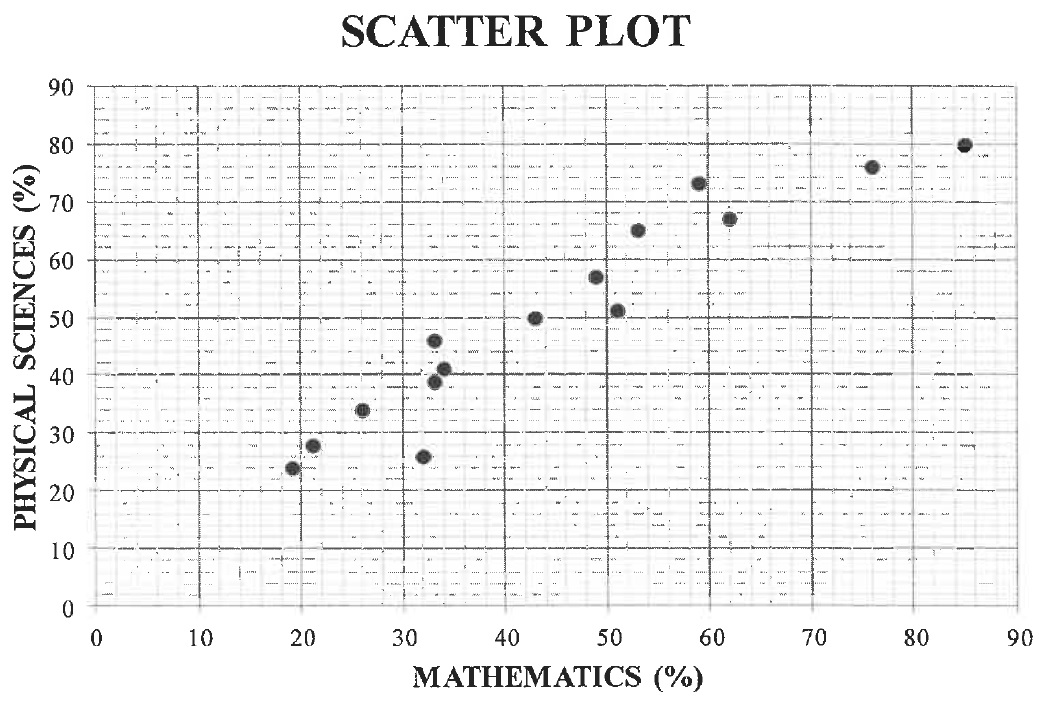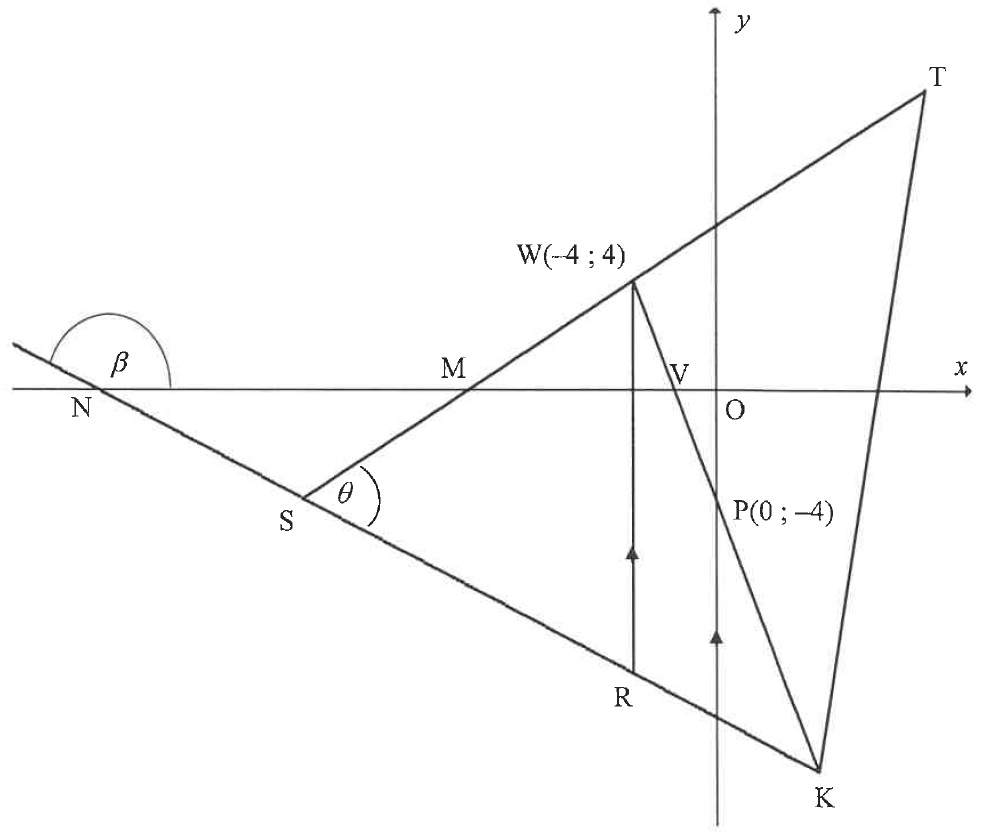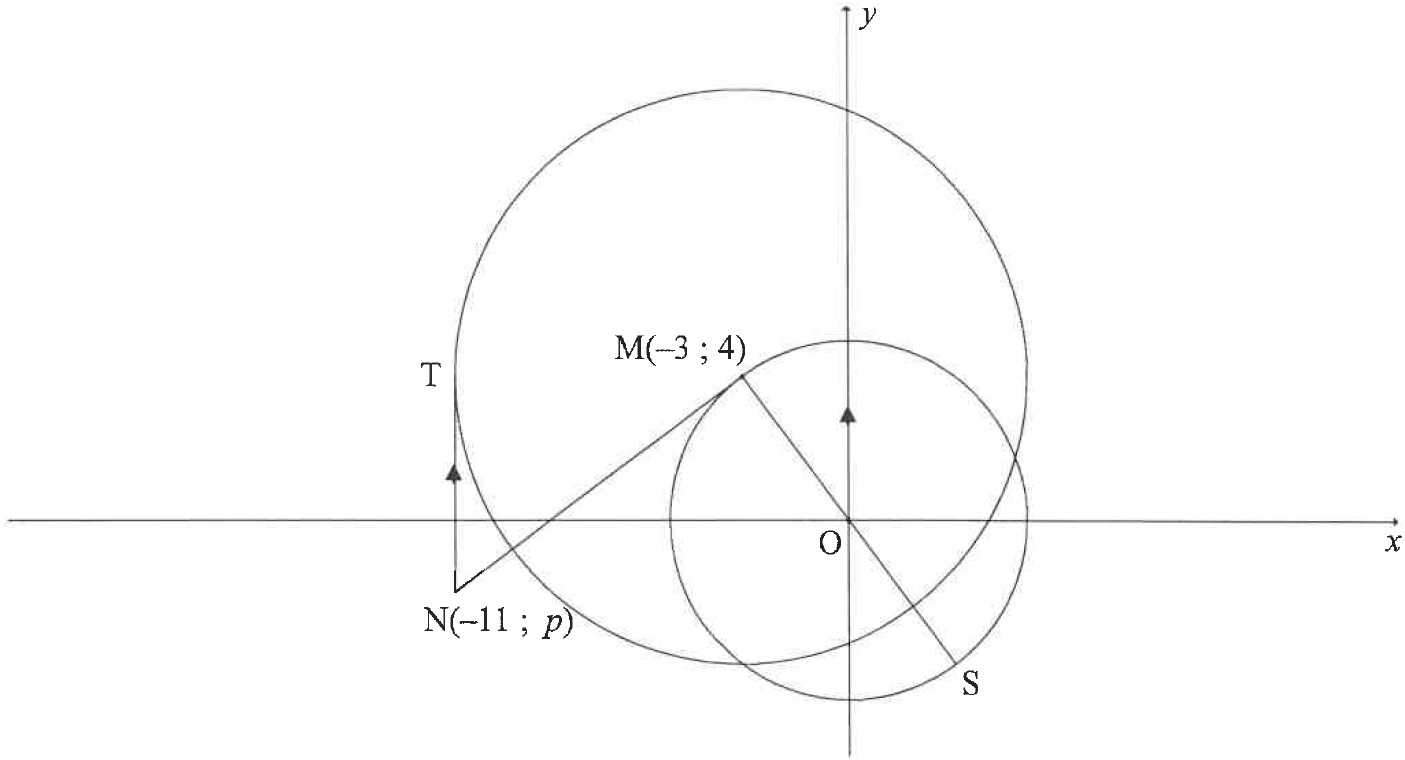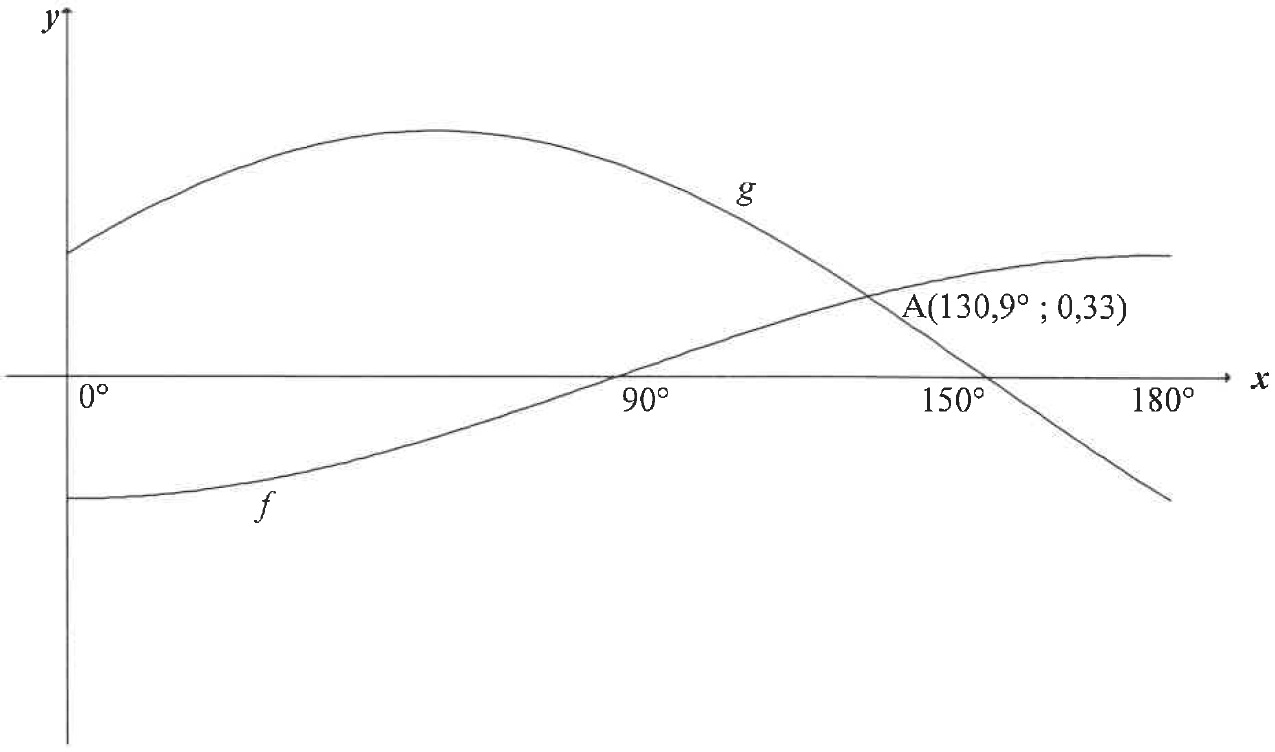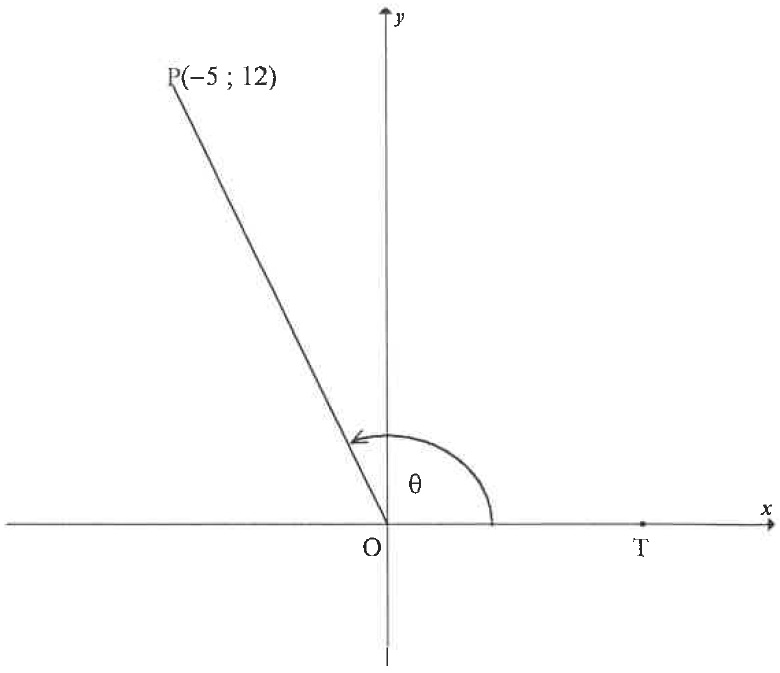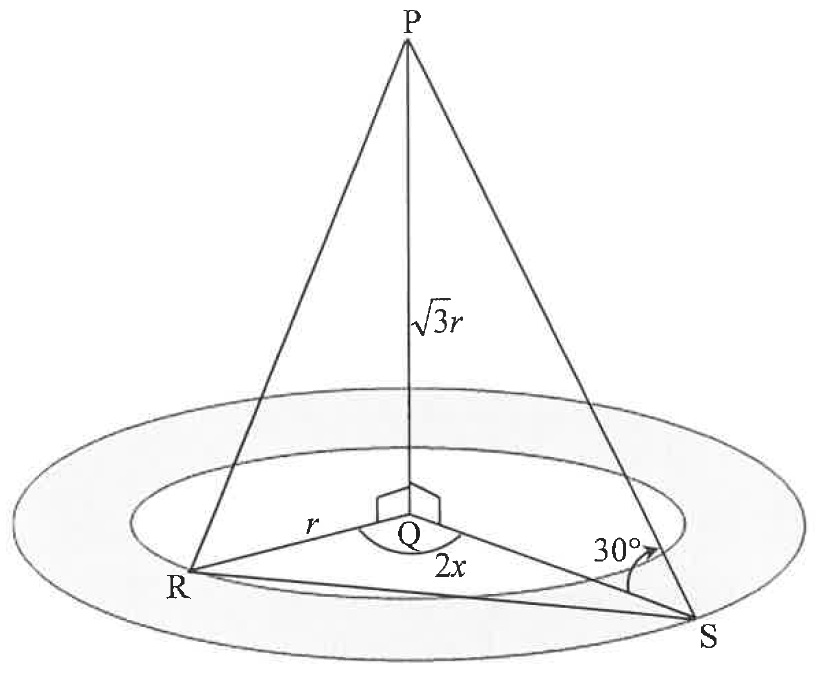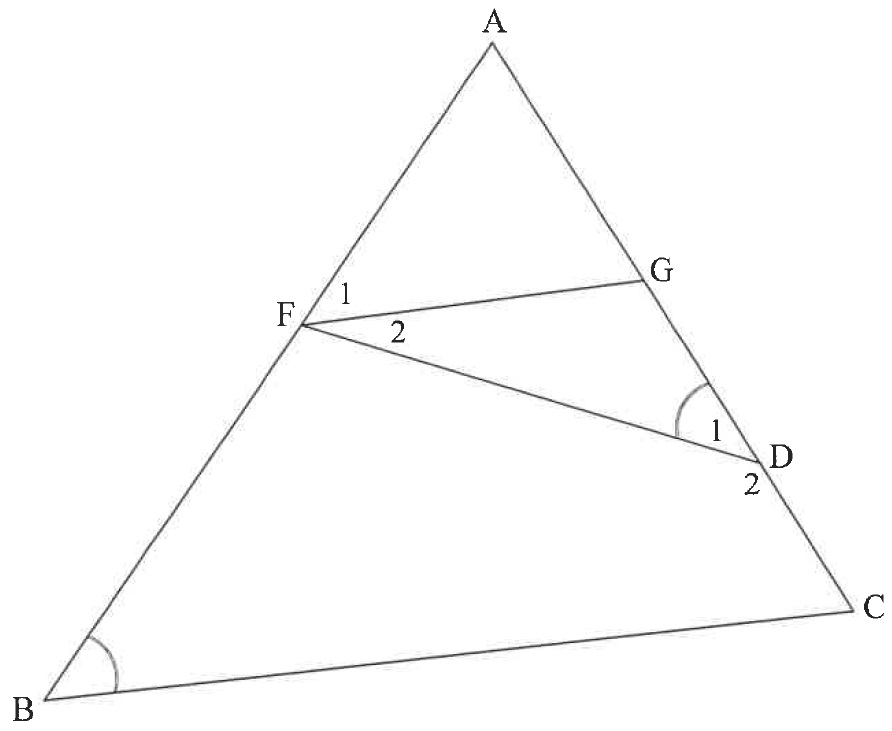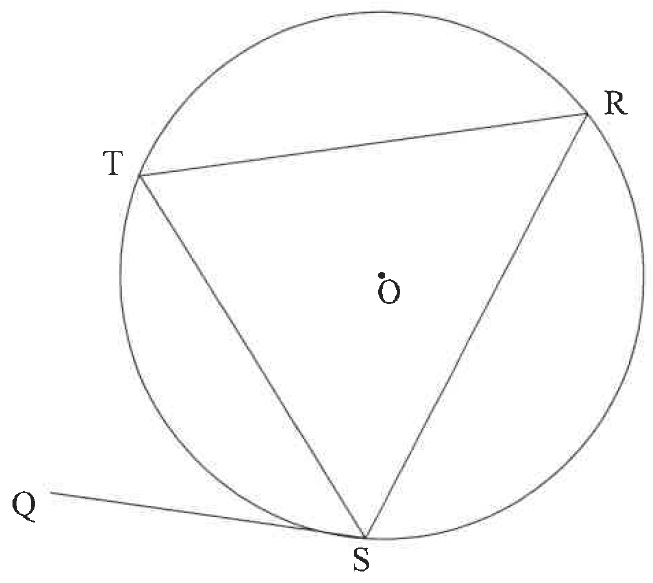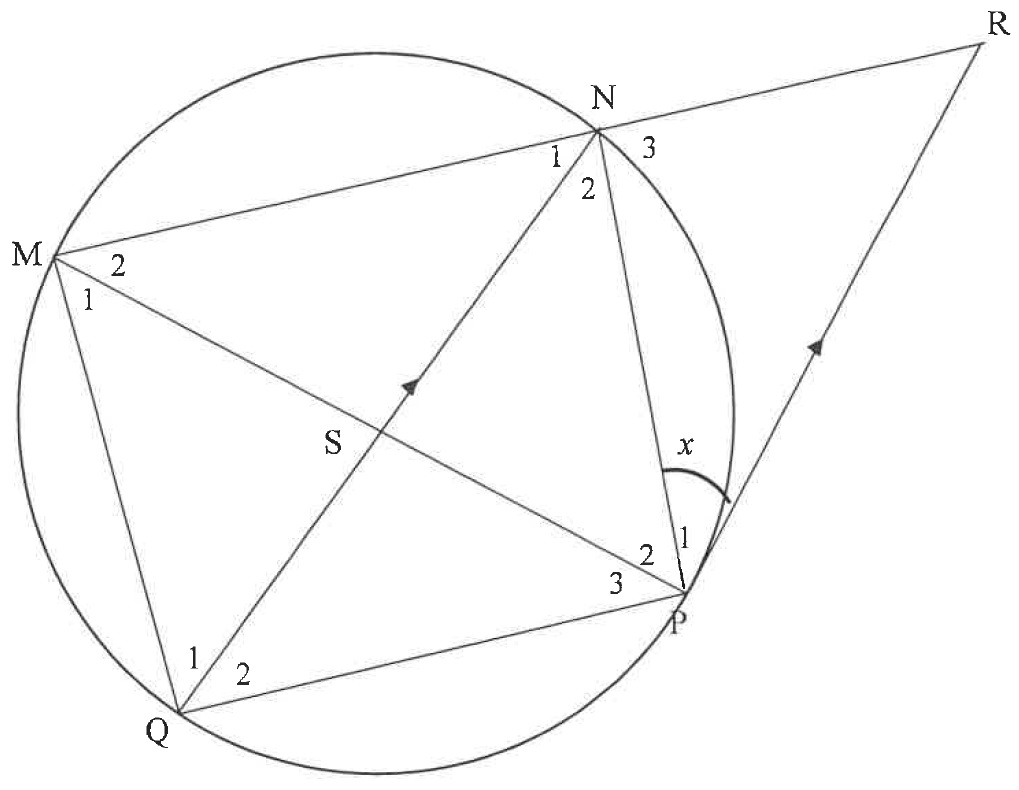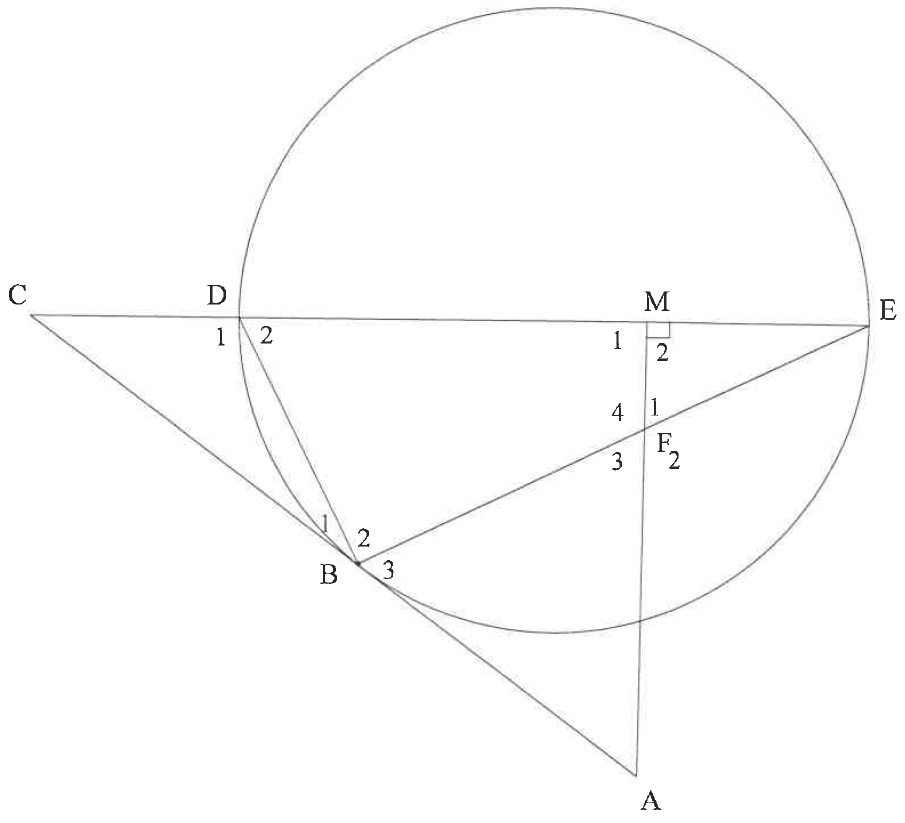| The number of aircraft landing at the King Shaka International Airport and the Port Elizabeth Airport for the period starting in April 2017 and ending in March 2018, is shown in the double bar graph below. |
| 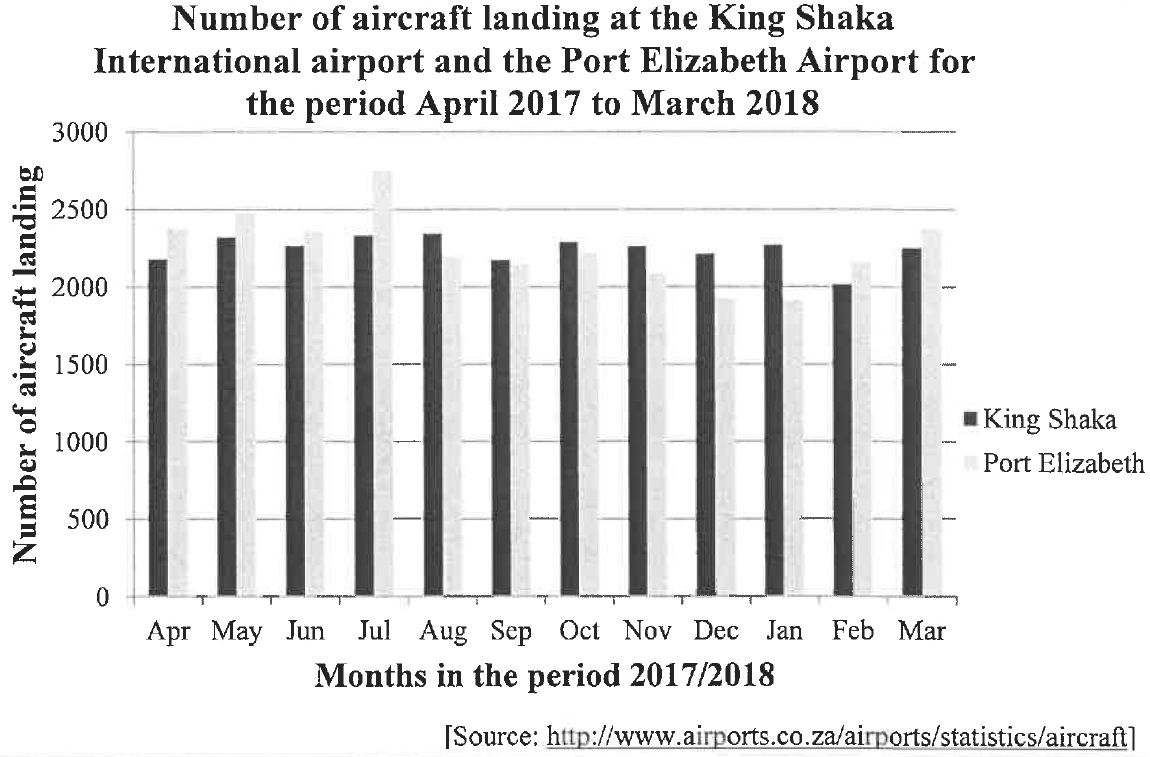 | |
| 2.1 | The number of aircraft landing at the Port Elizabeth Airport exceeds the number of aircraft landing at the King Shaka International Airport during some months of the given period. During which month is this difference the greatest? | (1) |
| 2.2 | The number of aircraft landing at the King Shaka International Airport during these months are:| 2182 | 2323 | 2267 | 2334 | 2346 | 2175 | | 2293 | 2263 | 2215 | 2271 | 2018 | 2254 |
| |
| Calculate the mean for the data. | (2) |
| 2.3 | Calculate the standard deviation for the number of aircraft landing at the King Shaka International Airport for the given period. | (2) |
| 2.4 | Determine the number of months in which the number of aircraft landing at the King Shaka International Airport were within one standard deviation of the mean. | (3) |
| 2.5 | Which ONE of the following statements is CORRECT? | |
| A. | During December and January, there were more landings at the Port Elizabeth Airport than at the King Shaka International Airport. | |
| B. | There was a greater variation in the number of aircraft landing at the King Shaka International Airport than at the Port Elizabeth Airport for the given period. | |
| C. | The standard deviation of the number of landings at the Port Elizabeth Airport will be higher than the standard deviation of the number of landings at the King Shaka International Airport. | (1) |
| | [9] |
